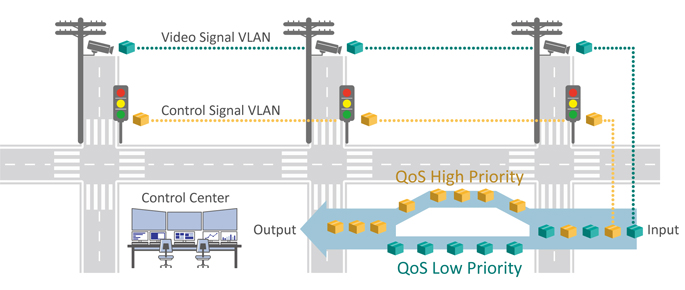| ||||||||||||
|
If you do not want to receive this e-bulletin in the future, please click the unsubscribe link. EtherWAN is committed to compliance with all applicable data protection laws |
Did you forget to submit?
The previous form is not yet completed.
Click here to continue filling it out.










